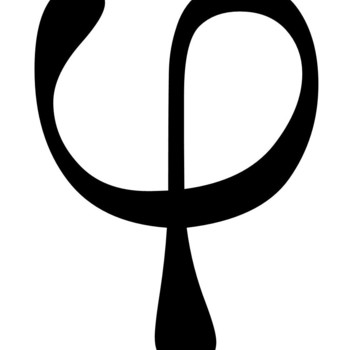The gas inside of a container exerts #16 Pa# of pressure and is at a temperature of #430 ^o K#. If the temperature of the gas changes to #120 ^oC# with no change in the container's volume, what is the new pressure of the gas?
2 Answers
Mar 1, 2018
Explanation:
According to Gay-Lussac's Law, when volume is constant,
Here, we have:
We rearrange to solve for
Inputting:
Mar 1, 2018
The new pressure is
Explanation:
Apply Gay Lussac's Law
The initial pressure is
The initial temperature is
The final temperature is
The final pressure is


